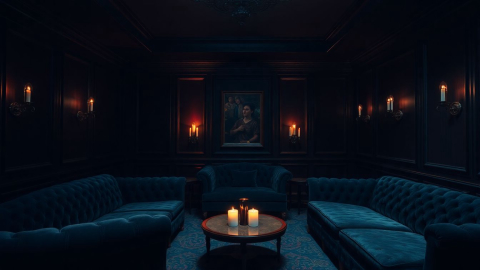70s Interior Design: A Groovy Revival for Modern Homes
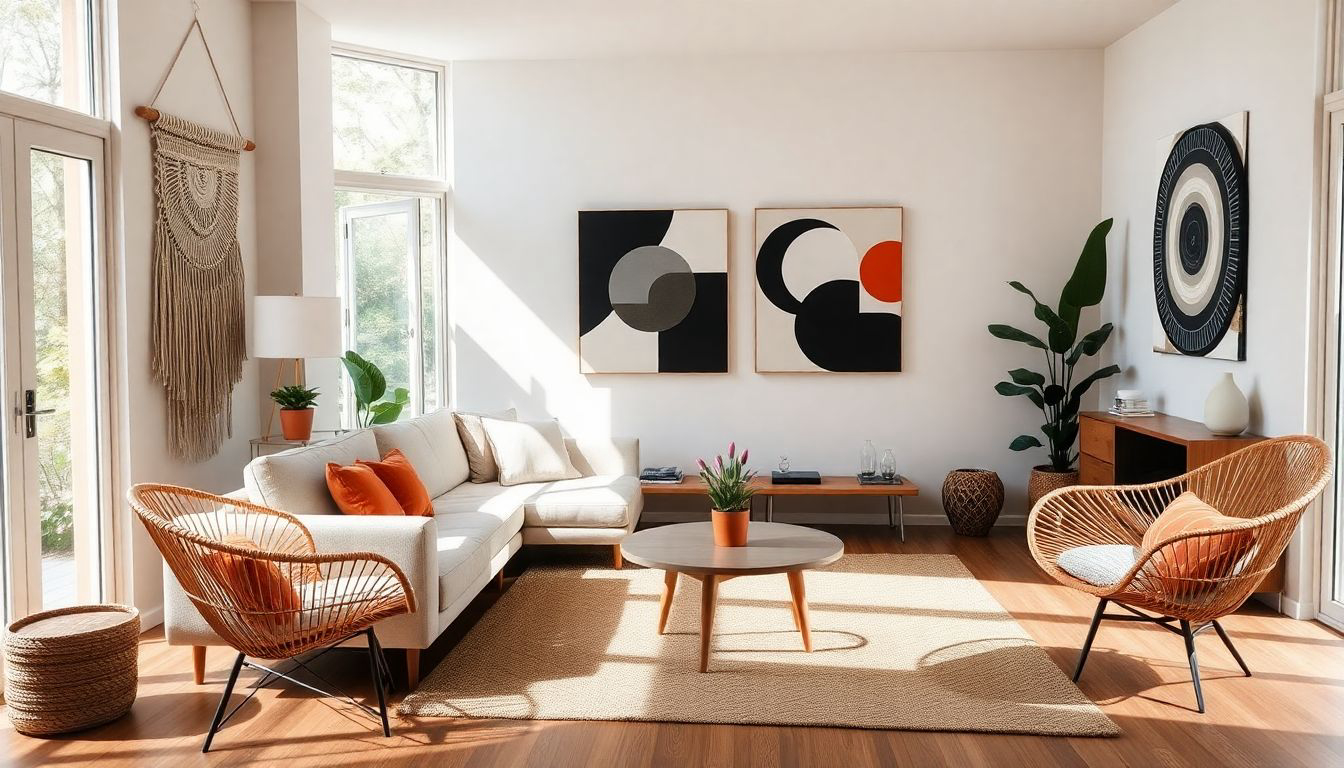
The 1970s: an era of disco, bell-bottoms, and some of the most iconic interior design trends in recent history. While the decade has often been maligned for its more outrageous aesthetics, 70s interior design is experiencing a remarkable resurgence in contemporary homes. This revival isn't about recreating shag-carpeted time capsules; instead, it's about cherry-picking the best elements of 70s style and reimagining them for the 21st century. From earthy color palettes to bold geometric patterns, the 70s are back—and they're bringing a fresh wave of warmth, comfort, and personality to modern interiors.
The Essence of 70s Design
Embracing Earth Tones and Natural Materials
At the heart of 70s interior design lies a deep connection to nature. The decade's signature color palette drew inspiration from the earth itself, featuring warm, muted shades that created cozy, inviting spaces. Today, these earthy tones are making a comeback, offering a soothing alternative to the stark whites and greys that have dominated interior design in recent years.
Designer Robert McKinley exemplifies this trend in a recent Montauk project, where he painted the kitchen floor an unexpected avocado green. Far from feeling dated, McKinley's design evokes "an earthy, Laurel Canyon meets Wes Anderson ambiance," striking a delicate balance between earth tones and playful color that doesn't veer into kitsch.
Natural materials like rattan, wicker, and bamboo were also staples of 70s interiors. These elements are experiencing a renaissance, prized for their lightweight, airy quality and eco-friendly appeal. As Stefani Stein, a Los Angeles interior designer, notes, "They are the perfect materials to bring a little texture, depth, and fun into the crispness that has permeated new homes and construction for the past few years."
The Art of Texture
Texture played a crucial role in 70s interiors, and it's once again taking center stage in modern design. Shag carpets, macramé wall hangings, and plush velvet upholstery are all making comebacks, albeit in more refined forms.
Lance Thomas of Thomas Guy Interiors suggests incorporating these textures thoughtfully: "Add a bit of retro whimsy to a space while maintaining that much-needed air of sophistication." This could mean laying a shaggy area rug in front of a sleek mid-century sofa or adorning walls with tasteful macramé art.
Modernizing 70s Trends
From Psychedelic to Subtle
While the 70s were known for their bold, sometimes clashing patterns, today's revival takes a more restrained approach. Instead of wall-to-wall geometric wallpaper, consider incorporating 70s-inspired patterns through accent pieces like throw pillows or artwork.
Giampiero Tagliaferri, principal of Studio Tagliaferri, observes, "The design of the time was fun and sexy but still sophisticated—I think that heavily resonates with modern audiences." This sentiment is reflected in the rising popularity of iconic 70s furniture pieces, such as Mario Bellini's "Camaleonda" sofa and Michel Ducaroy's "Togo" chair, which combine bold forms with a sense of comfort and style.
Lighting the Way
Lighting fixtures from the 70s are enjoying a particular resurgence. The iconic mushroom lamp, with its rounded dome shade, is once again gracing side tables and desks. Thomas suggests, "I love adding a pair of Italian '70s pendants to a traditional kitchen," demonstrating how retro lighting can add character to even the most contemporary spaces.
The Psychology of 70s Revival
The renewed interest in 70s design isn't just about aesthetics; it's deeply rooted in our collective psyche. As Tiffany Olson, trend expert for Mercari, points out, "A lot of the trends we've seen this past year are rooted in nostalgia because it's comforting during these unprecedented times."
This desire for comfort and familiarity has led to a surge in demand for 70s-inspired decor. Searches for rattan and wicker on Mercari have nearly tripled, while items featuring macramé, crochet, and fringe details have also seen significant increases.
Incorporating 70s Style in Modern Homes
Start Small
If you're hesitant to fully commit to the 70s aesthetic, start with small, easily changeable elements. Olson suggests, "Incorporating rattan lampshades or a macrame wall hanging will make an otherwise contemporary space feel modern and bohemian, instead of feeling like a 1970s time capsule."
Mix and Match
The key to successfully incorporating 70s design into modern interiors is to blend different styles. Pair a vintage rattan peacock chair with a sleek, contemporary sofa. Or introduce a pop of 70s color through accent pillows or artwork in an otherwise neutral room.
Focus on Quality and Authenticity
When incorporating 70s elements, prioritize quality pieces that capture the essence of the era without feeling cheap or kitschy. Look for authentic vintage items or high-quality reproductions that honor the craftsmanship of the original designs.
The Future of 70s-Inspired Design
As we continue to reimagine 70s style for modern living, we're likely to see even more innovative interpretations of these classic trends. Designers are exploring ways to merge 70s aesthetics with contemporary concerns like sustainability and technology integration.
For instance, the emphasis on natural materials in 70s design aligns well with current eco-friendly design practices. We might see more upcycled or sustainably sourced rattan and bamboo furniture, or vintage 70s pieces restored and given new life.
Conclusion
The revival of 70s interior design is more than just a passing trend; it's a testament to the enduring appeal of an era that valued comfort, individuality, and connection to nature. By carefully selecting and reinterpreting elements from this vibrant decade, we can create spaces that are both nostalgic and thoroughly modern.
As we move forward, the challenge—and the excitement—lies in finding new ways to honor the spirit of 70s design while adapting it to contemporary lifestyles. Whether through a bold avocado green kitchen floor or a subtle macramé wall hanging, the 70s continue to offer a rich source of inspiration for creating homes that are warm, personal, and unmistakably groovy.
References and Further Reading
- 40 Things Every House in the 70s Had That No One Sees Today
- 40 Throwback Decorating Trends From the '70s We'll Never Forget
- Why 1970s Interior Design Is Trending Again
- '70s Inspired Interior Design Ideas & Trends
- '70s Design Is Back: Here Are 5 Ways to Make the Retro Style Feel Fresh
- 10 Trends From The '70s We Love Now
More Articles
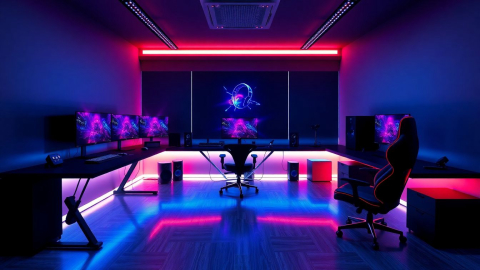
Designing the Ultimate Gaming Room: A Guide to Creating Your Perfect Digital Playground
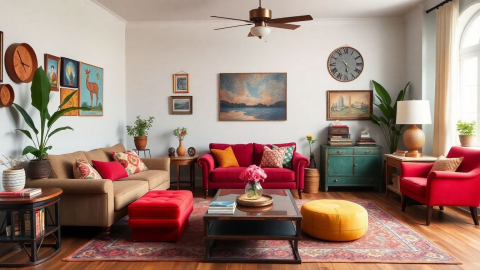
The Art of Eclectic Interior Design: Mastering the Mix
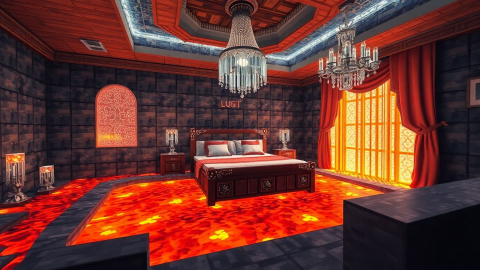
The Minecraft Interior Design Extravaganza: Where Pixels Meet Pretension

Bauhaus Interior Design: A Century of Influence and Innovation
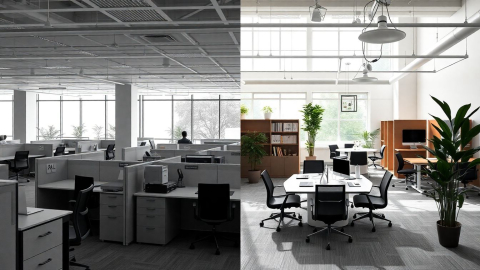
The Evolution of Office Interior Design: Creating Productive and Inspiring Workspaces
